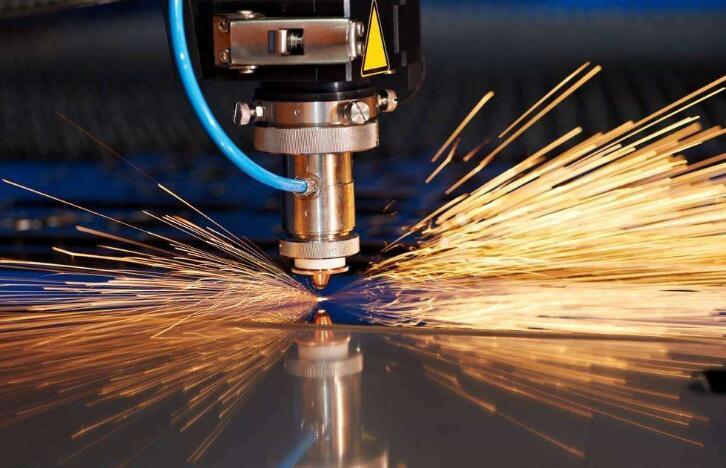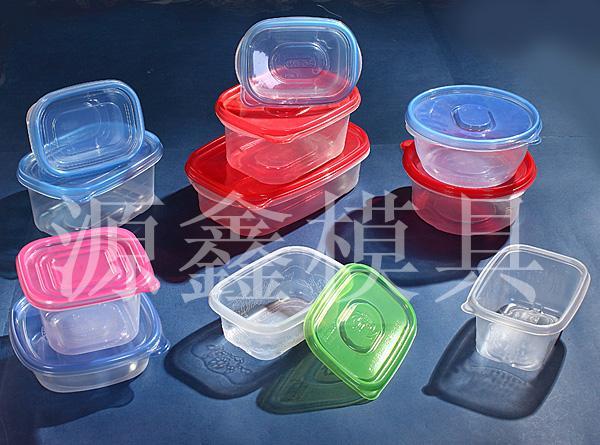NEWS CENTER
新闻中心
How to Design a Blister Mould
Blister molds are what we often see and use, but many people think that the design of blister molds is very simple, but do you really know how to design blister molds? Let's take a look at the issues that need to be paid attention to when designing. .
1. Mould opening direction and parting line
At the beginning of the design of each blister product, the mold opening direction and parting line must be determined first to ensure that the core-pulling slider mechanism is minimized and the impact of the parting line on the appearance is eliminated.
2. Demoulding slope
1. Appropriate demoulding angle can avoid product fluffing (drawing). The demoulding slope of the smooth surface should be greater than or equal to 0.5 degrees, the fine skin (sand surface) surface should be greater than 1 degree, and the rough skin surface should be greater than 1.5 degrees.
2. Appropriate demoulding slope can avoid damage to the top of the product, such as top white, top deformation, and top fracture.
3. When designing deep cavity products, the slope of the outer surface should be larger than the slope of the inner surface as much as possible to ensure that the mold core does not deviate during blistering, obtain a uniform product wall thickness, and ensure the material strength of the product opening.
3. Product wall thickness
1. Various plastics have a certain range of wall thickness, generally 0.5 to 4 mm. When the wall thickness exceeds 4mm, it will cause problems such as long cooling time and shrinkage, and should consider changing the product structure.
2. Uneven wall thickness will cause surface shrinkage.
3. Uneven wall thickness will cause pores and weld marks.
4. Reinforcing ribs
1. The rational application of reinforcing ribs can increase the rigidity of the product and reduce the deformation.
2. The thickness of the reinforcing rib must be ≤(0.5~0.7)T product wall thickness, otherwise it will cause surface shrinkage.
3. The unilateral slope of the reinforcing rib should be greater than 1.5° to avoid damage to the top.
Blister molds are what we often see and use, but many people think that the design of blister molds is very simple, but do you really know how to design blister molds? Let's take a look at the issues that need to be paid attention to when designing. .
1. Mould opening direction and parting line
At the beginning of the design of each blister product, the mold opening direction and parting line must be determined first to ensure that the core-pulling slider mechanism is minimized and the impact of the parting line on the appearance is eliminated.
2. Demoulding slope
1. Appropriate demoulding angle can avoid product fluffing (drawing). The demoulding slope of the smooth surface should be greater than or equal to 0.5 degrees, the fine skin (sand surface) surface should be greater than 1 degree, and the rough skin surface should be greater than 1.5 degrees.
2. Appropriate demoulding slope can avoid damage to the top of the product, such as top white, top deformation, and top fracture.
3. When designing deep cavity products, the slope of the outer surface should be larger than the slope of the inner surface as much as possible to ensure that the mold core does not deviate during blistering, obtain a uniform product wall thickness, and ensure the material strength of the product opening.
3. Product wall thickness
1. Various plastics have a certain range of wall thickness, generally 0.5 to 4 mm. When the wall thickness exceeds 4mm, it will cause problems such as long cooling time and shrinkage, and should consider changing the product structure.
2. Uneven wall thickness will cause surface shrinkage.
3. Uneven wall thickness will cause pores and weld marks.
4. Reinforcing ribs
1. The rational application of reinforcing ribs can increase the rigidity of the product and reduce the deformation.
2. The thickness of the reinforcing rib must be ≤(0.5~0.7)T product wall thickness, otherwise it will cause surface shrinkage.
3. The unilateral slope of the reinforcing rib should be greater than 1.5° to avoid damage to the top.
Relevant information
2022-01-25









 QQ
QQ 

 Tel:0754-88591328
Tel:0754-88591328 yx@styuanxin.com
yx@styuanxin.com